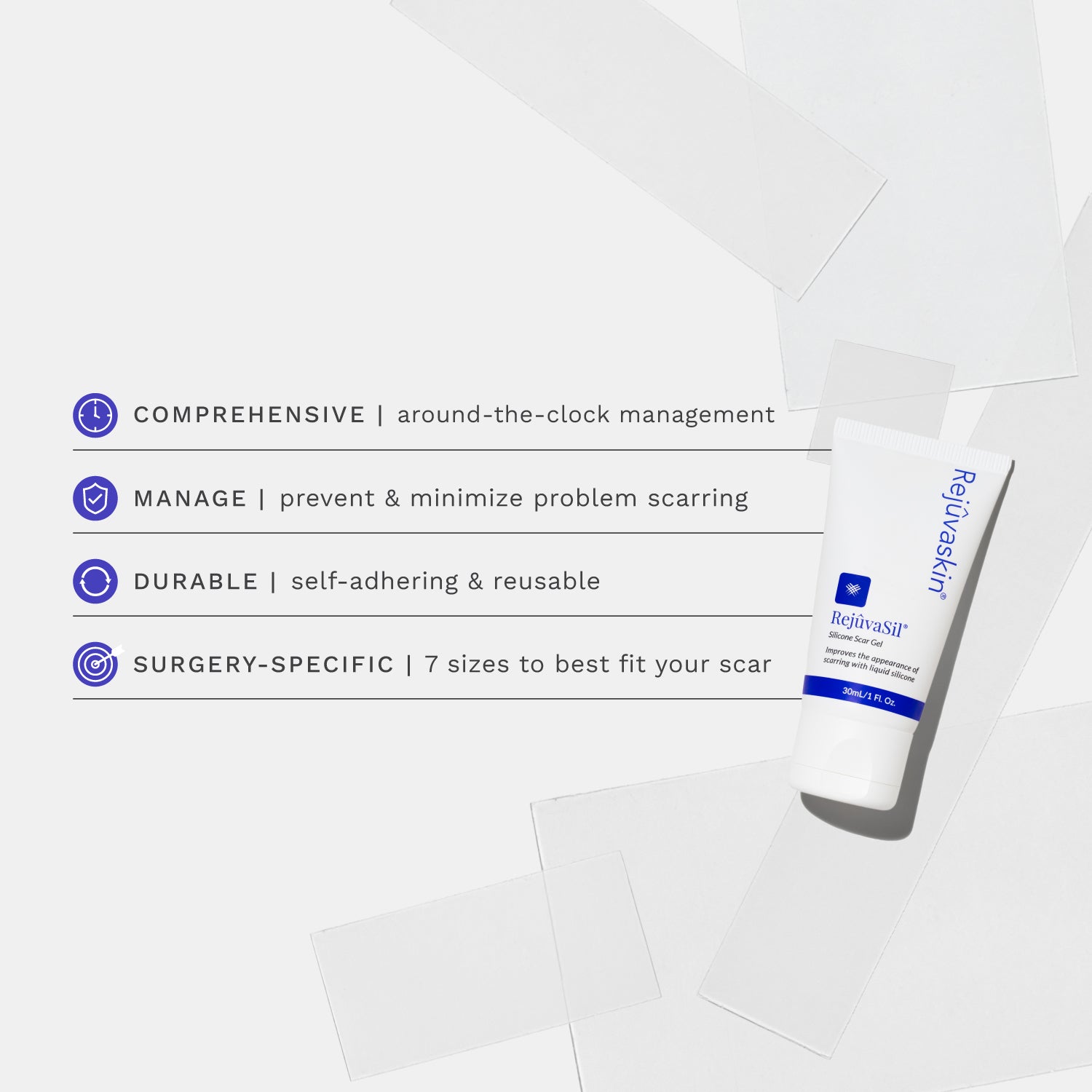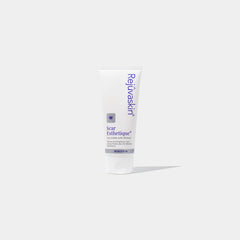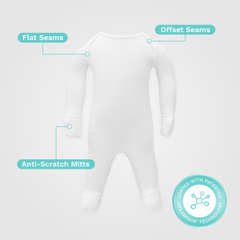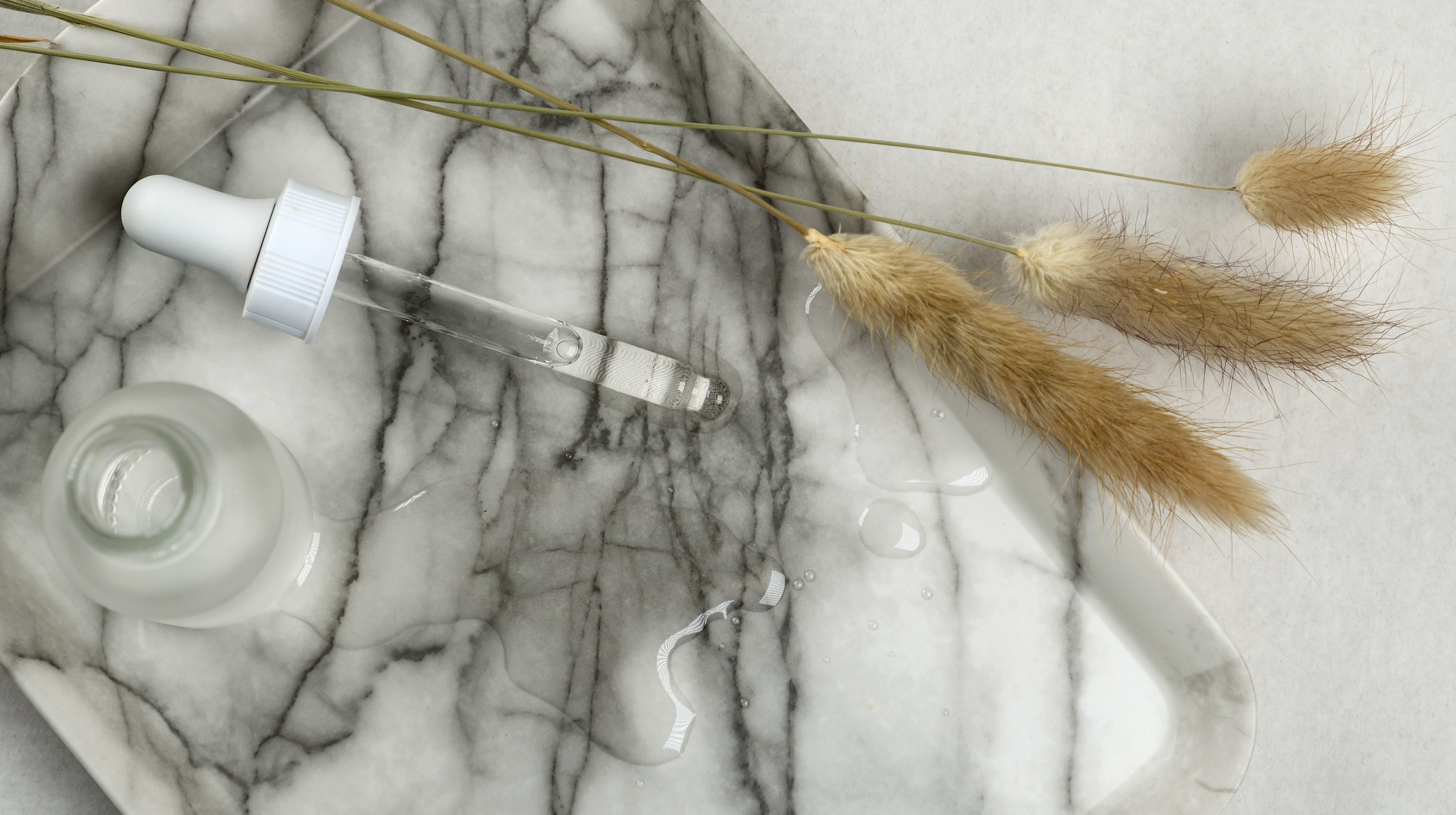One of the most common skincare ingredients out there is squalane. Derived from plants (commonly olives), squalane is a natural component of our skin and is a good emollient and moisturizer that has antioxidant and immune-stimulating properties. But where does squalane come from? What are the benefits of squalane? Let’s take a look at some of the most common questions people have about squalane!
What Is Squalane?
Squalane is a moisturizing ingredient found in many kinds of skincare products, from lip gloss to lotions to several of our own scar products. This lipid doesn’t exactly occur in nature on its own, however.
Synthesized from its precursor squalene, squalane is a chain of carbon and hydrogen molecules that takes the form of an oil. Our own bodies produce squalene, though production significantly drops off around age 30, which is why many cosmetic products include it.
Where Does Squalene Come From?
Historically, the majority of squalene (what squalane is synthesized from) has been sourced from the livers of deep water sharks, but in the past ten years, efforts have been made to reduce our reliance on this source. Luckily, there are various plant-based sources we can use, including olives, wheat, soybeans, and grapeseed!
How Is Squalane Different from Squalene?
The predecessor to squalane, squalene, is a naturally-occuring substance, as mentioned above. Squalane, on the other hand, is a methylated form of squalene; this means that extra single carbon chains (six in this case) have been added and bonded onto the main squalene molecule.
The methylation of squalene into squalane changes the molecule significantly. In fact, once squalene is methylated and converted to squalane, it is immune to oxidation, making it a far more stable and desirable cosmetic ingredient.
What Are the Benefits of Squalane?
A Moisturizer That Mimics Your Skin’s Own Oils
This simple fact is part of what makes squalane such a great skincare ingredient. Squalane can be used to supplement the body’s production of oils (sebum) because the body recognizes squalane as a natural oil. This will help down-regulate base oil production, all while allowing individuals to maintain skincare routines that involve cleansing and oil-stripping. This characteristic of squalane also makes it a superb skin moisturizer ingredient for sensitive skin.
It Won’t Clog Your Pores
One of the key benefits of squalane is that it is non-comedogenic, meaning it’s not going to clog your pores like other oils. This property is extremely important for individuals who struggle with acne, blackheads, and highly irritable skin.
It’s Antioxidant (And Added Bonus)
Squalane also has antioxidant properties, mainly due to the high levels of methylation on the molecule itself. This property lends itself well to an anti-pollution skincare routine and makes it a great follow-up to any general cleanser. Squalane is one of those skincare ingredients that does so much and is quite a simple thing to include in creams and lotions.
Great For Fading Scars, Wrinkles, & Fine Lines
Is squalane good for scars? Moisturizers, in general, are great scar-reducing products; however, squalane goes a step further since it mimics your skin’s own oils. Squalane can be mixed with any other natural, non-comedogenic oil (or silicone!) to deliver a boost to your skin; when combined with vitamins and minerals in a skincare product, squalane is an amazing base for other products. For example, we’ve selected squalane as a major ingredient in our Silicone Scar Gel because it works so well!





















Leave a comment